LABELLE, Fla. — When completed, the C-43 Reservoir in LaBelle will store and clean water from runoff and Lake Okeechobee discharges before it’s released to the Caloosahatchee.
Fox 4’s Hendry County Community Correspondent, Austin Schargorodski, works in the area every day, so the South Florida Water Management District invited him to take a tour of the project.
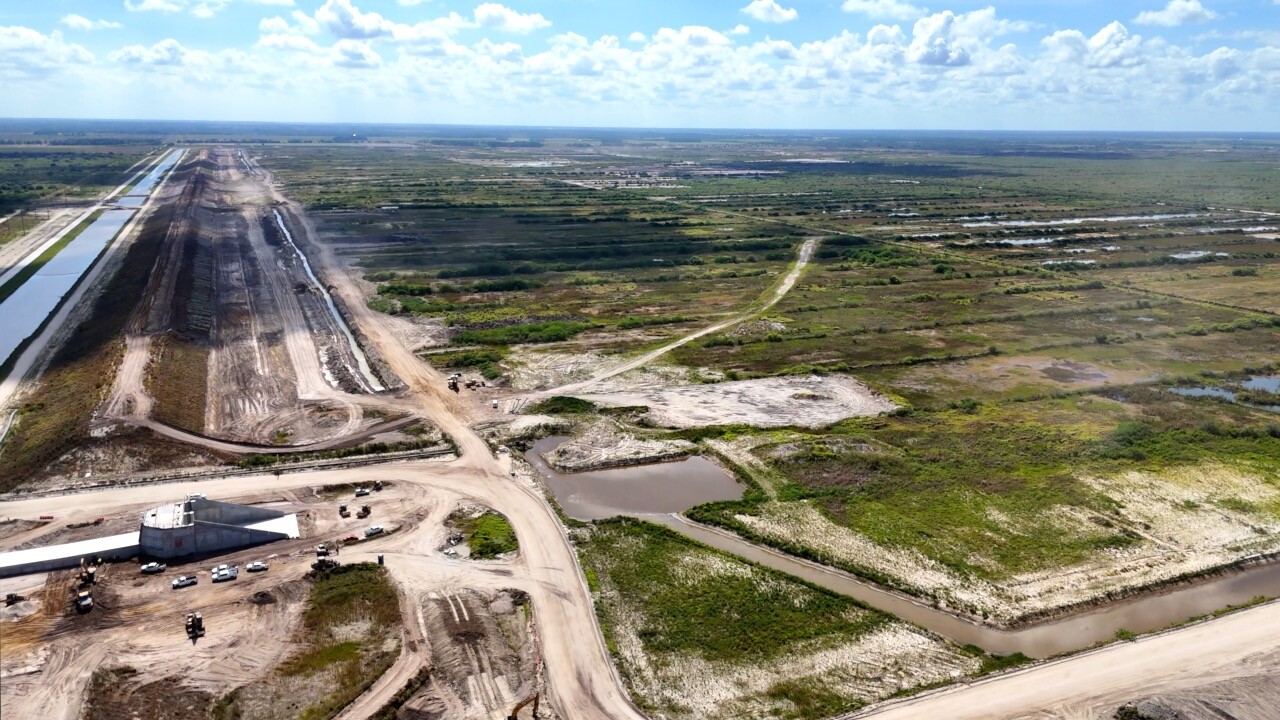
Eighteen square miles of land near SR80 will eventually be under 55 billion gallons of water. But right now, crews are hard at work on the dams and laying the foundation for the basin - a project that started all the way back in the year 2000.
Phil Flood with the South Florida Water Management District said all the development in Florida has made this project necessary.
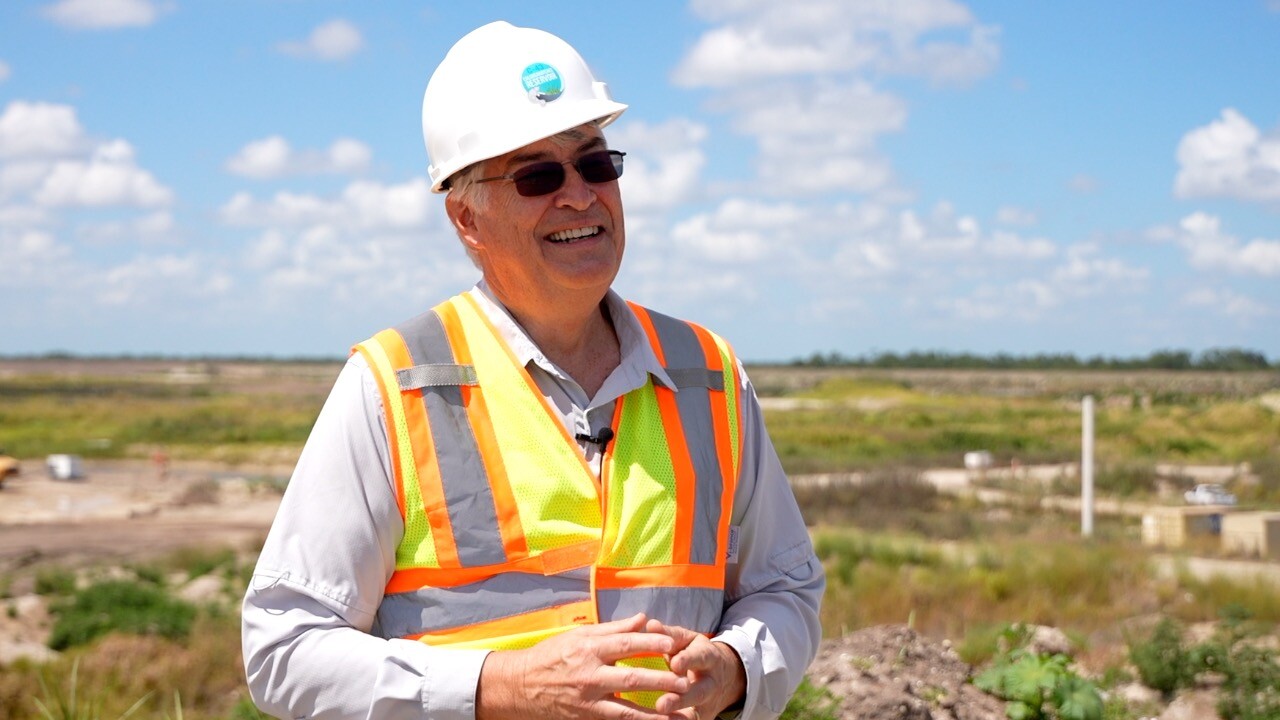
“This area of the watershed had been ditched and dredged so much that when it rains in the rainy season, all that water rushes into the river and goes out in the estuary and just overwhelms the estuary with fresh water. That’s detrimental to the habitat and overall ecology of the estuary,” Flood explained.
In February, the U.S. Army Corps of Engineers started releasing water from Lake Okeechobee because the levels were too high. Any time that happens, people get concerned about blue-green algae flowing into the Caloosahatchee. Flood said this reservoir was designed to stop that flow.
“Not only will the reservoir be collecting water from basin runoff, but it also will take water when the Corps of Engineers has to make those damaging discharges to the Caloosahatchee River. We’ll clean that water up so that it’s much cleaner and free of nutrients when it’s released into the rivers. So, it will be much healthier for the estuary,” said Flood.
On the tour, Construction Manager John Creswell demonstrated the process by literally walking through one of the dams, saying, “25 billion gallons have to come through these two holes.”
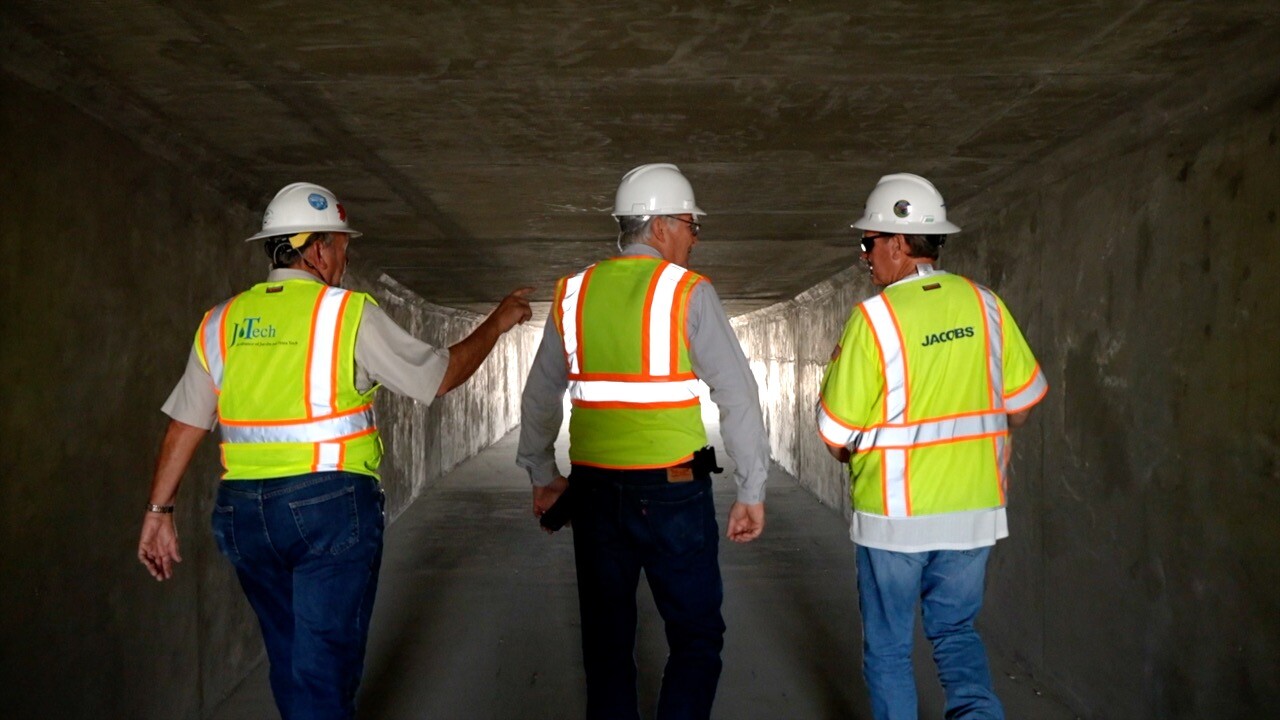
To get there, Creswell said the water comes through a pump station and into the reservoir through massive 12 foot diameter pipes.
“It’s got four pumps in it, and the combination of the four pumps is about 1500 cubic feet of water per second,” said Creswell.
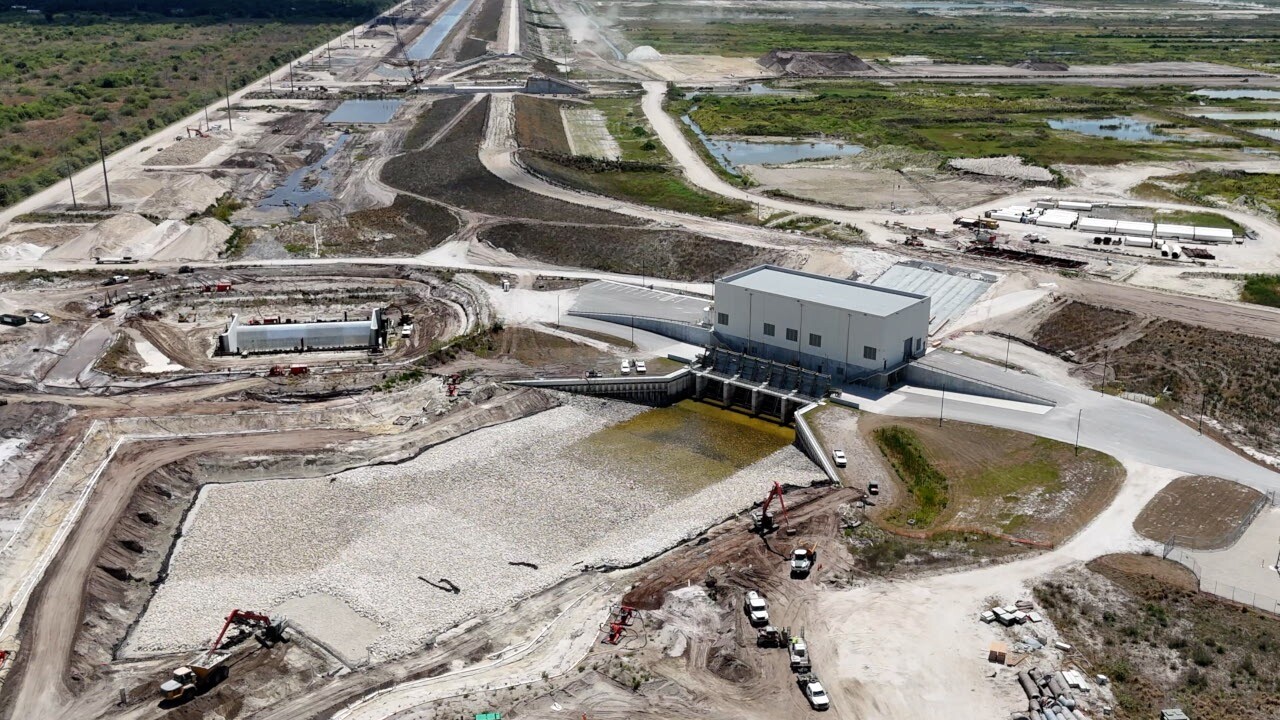
Creswell explained there are also three smaller pump stations that supply water to local farms, saying, “We normally just run one pump at a time, and the water goes to our agricultural neighbors to keep them supplied the way they used to be supplied from the Harry Canal.”
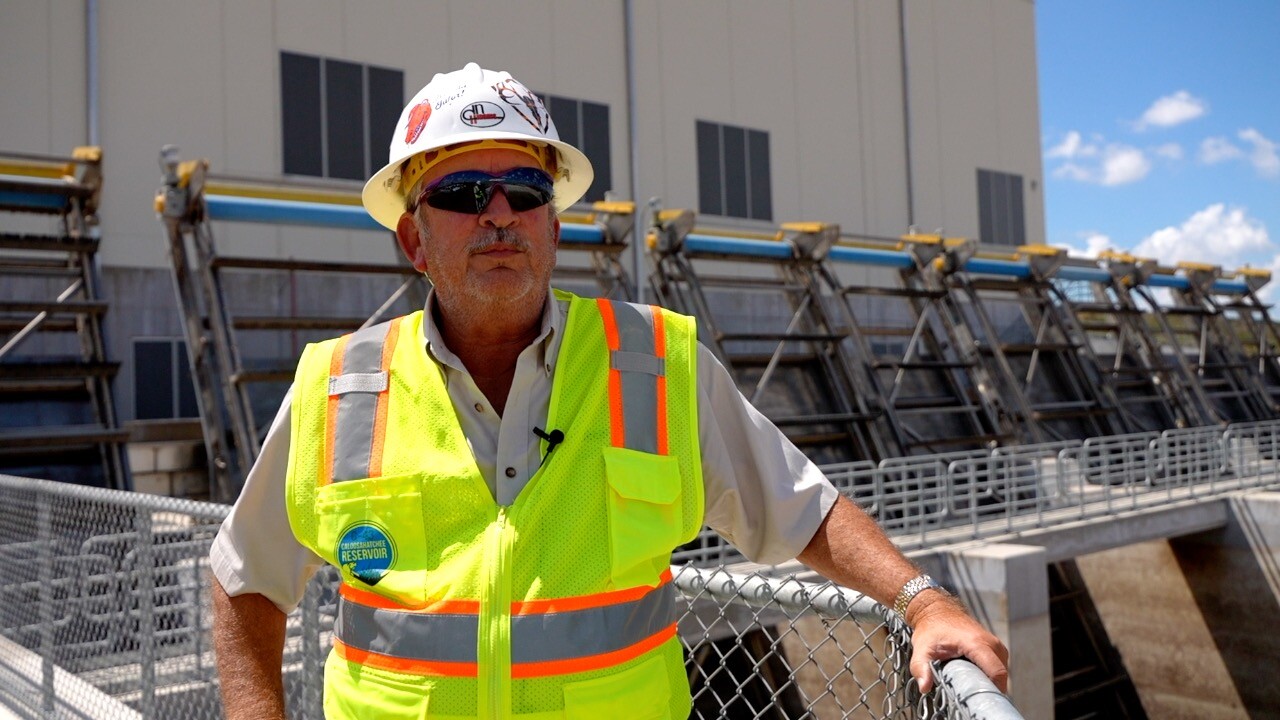
The South Florida Water Management District said when the reservoir is complete it will double as a recreation facility.
“People will be able to hike and bike around the property and up along the perimeter of the canal. They’ll be able to put their boats in the reservoir and fish in the reservoir,” said Flood
Flood said he expects the reservoir’s “first fill” will begin before the rainy season next year.



